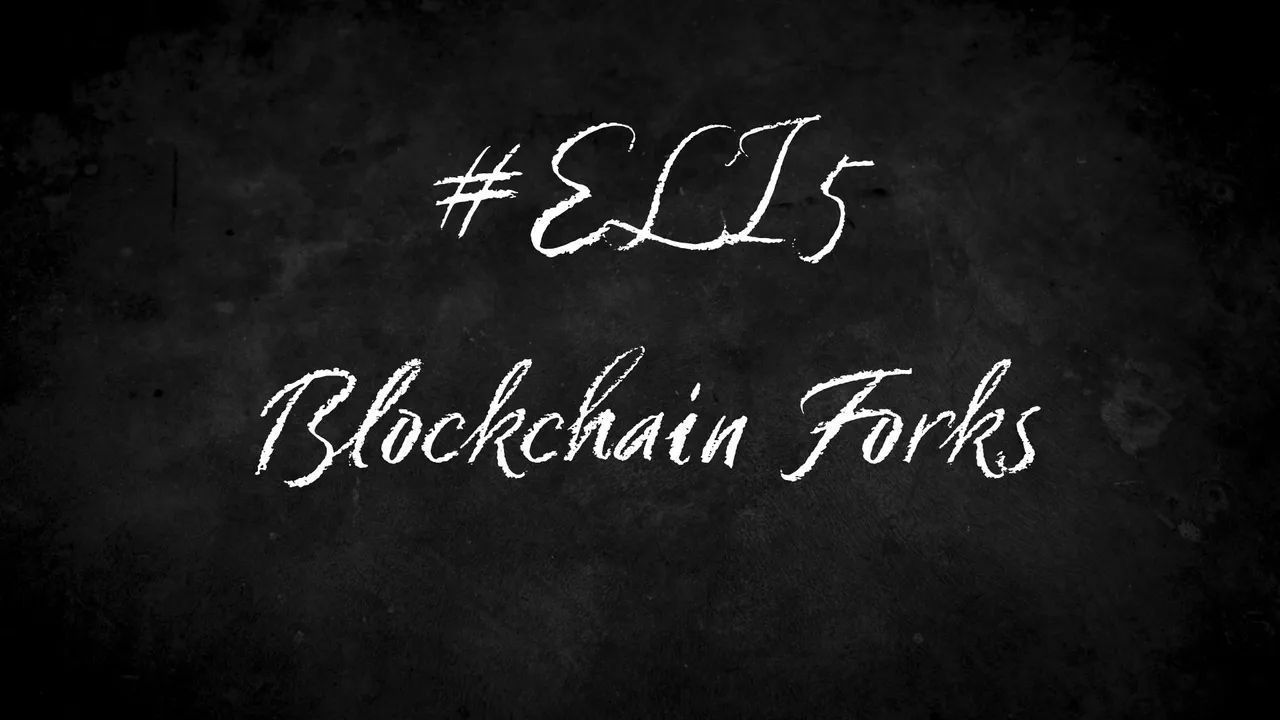If you get into blockchain you will certainly hear a lot about forks. For most people understanding this term and phenomenon is not as easy as it looks but this #ELI5 post should help you wrap your head around it.

What Are Blockchain Forks?
To understand a fork you must first understand what a blockchain is. You can find an #ELI5 explanation for blockchains here but if you have no time for such things think of a blockchain as a bank balance sheet. It keeps records of everyone’s money and the code underneath it makes sure no participant is allowed to cheat the system.
Due to decentralization and community-owned blockchains like Hive, the community itself may decide to fork away from the original chain while keeping the progress that was made. The original chain continues existing with no changes whatsoever while a new blockchain pops into existence with the same code and same properties but no users.
A fork is a carbon copy of a blockchain. In the physical world, a plastic mold of an existing item would be the closest frame of reference. It’s like 3D printing a car that someone else designed. It is very easy to do but without an engine and a driver, it won’t get very far.
Examples of these are certainly the Steemit/Hive fork and the Ethereum Classic/Ethereum fork. In both cases, the community decided that the chain they are on right now doesn’t align with their long-term goals and ethos so they decided to 3D print the same chain in a different location and just move there.
Are There Any Downsides to Forks?
Yes and no. When you fork a chain you get to keep all of the code and all of the applications that are built on it. If you forked Ethereum right now you would also fork applications like Uniswap and the more complex they are the more problems they will cause for this new chain.
If you fork Uniswap, in this process, you also fork all of the tokens that are sitting on Uniswap right now. They are essentially worthless since they have no liquidity on your new chain but they are creating a mess because of that. That is the main reason why people keep saying that a Proof of Work Ethereum fork would never work even though some parts of the ETH community still want to push it after the PoS merge is completed.
The best way to see the downsides and upsides of chain forks is with Hive and Steemit. The majority of the community agreed to leave Steemit, they built a carbon copy of it and just left. There was no disruption, all of the accounts that worked on Steemit work on Hive and all users had to do is start using different frontends in their daily activity.
In these two examples, we can see that sometimes forks can be bad but sometimes they are as smooth as silk.
Can Anyone Fork a Blockchain?
In theory yes. If you have enough coding skills to set a fork up and execute it you can do so right now but making it sustainable in the long run could be a huge problem.
If it is a POW fork you will need miners to keep the network alive. If no one wants to give you computing power the fork will be dead on arrival.
On the other hand, if it is a PoS fork and there is no one to stake tokens or validate this new fork its fate will practically be the same - dead on arrival.
So in a sense blockchains forks are just like children. Knocking one up is no big deal but keeping it alive is a real hustle.
